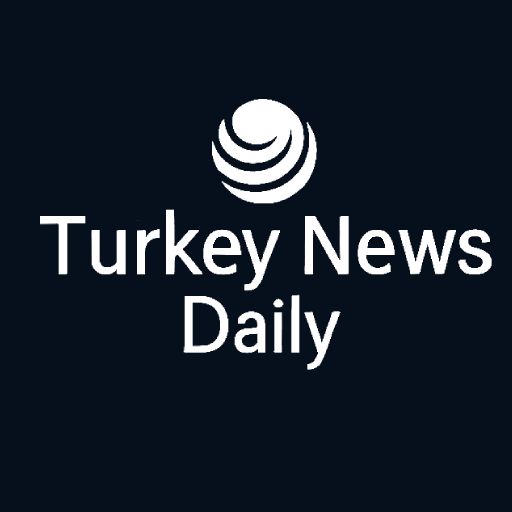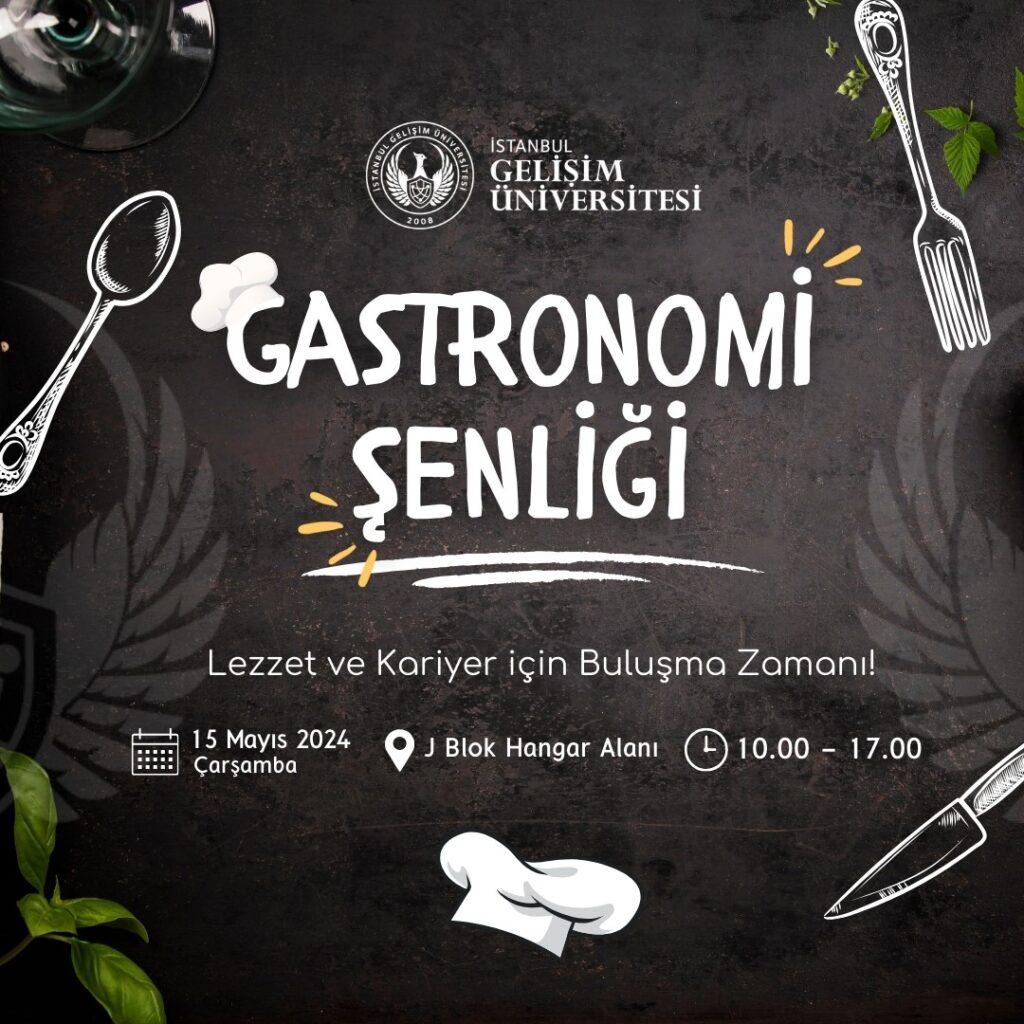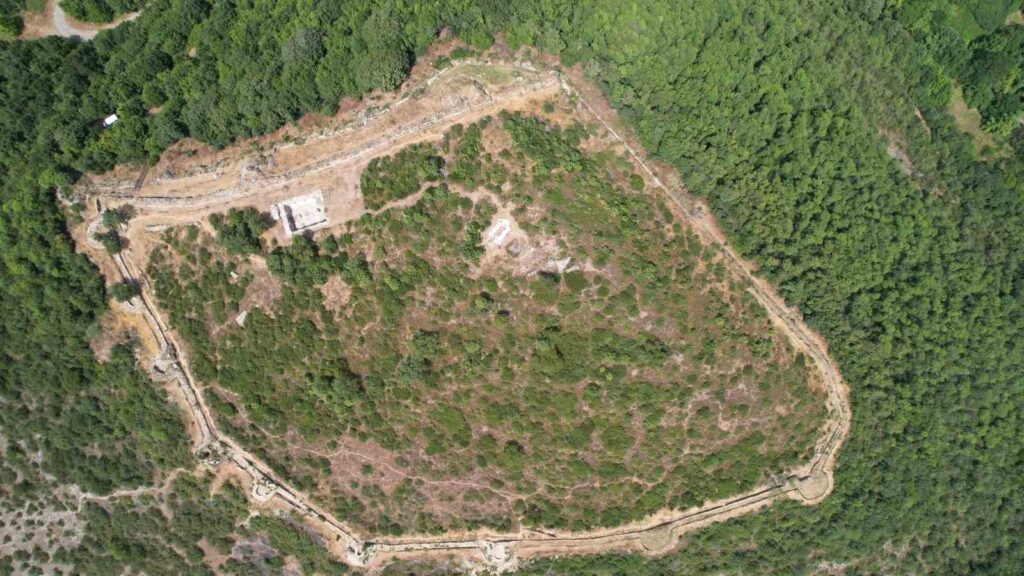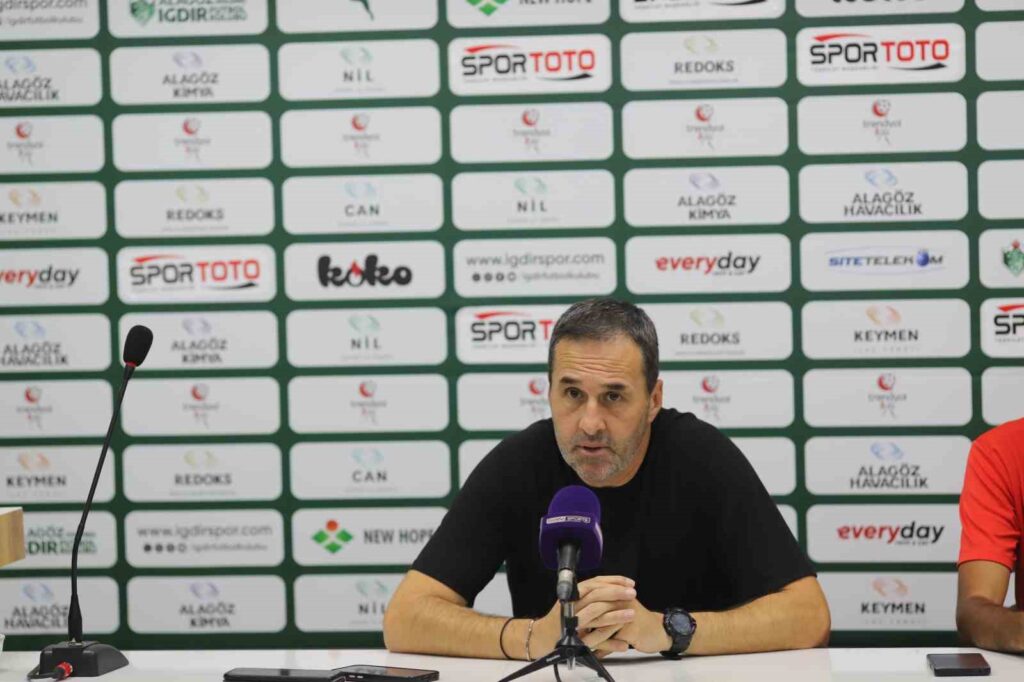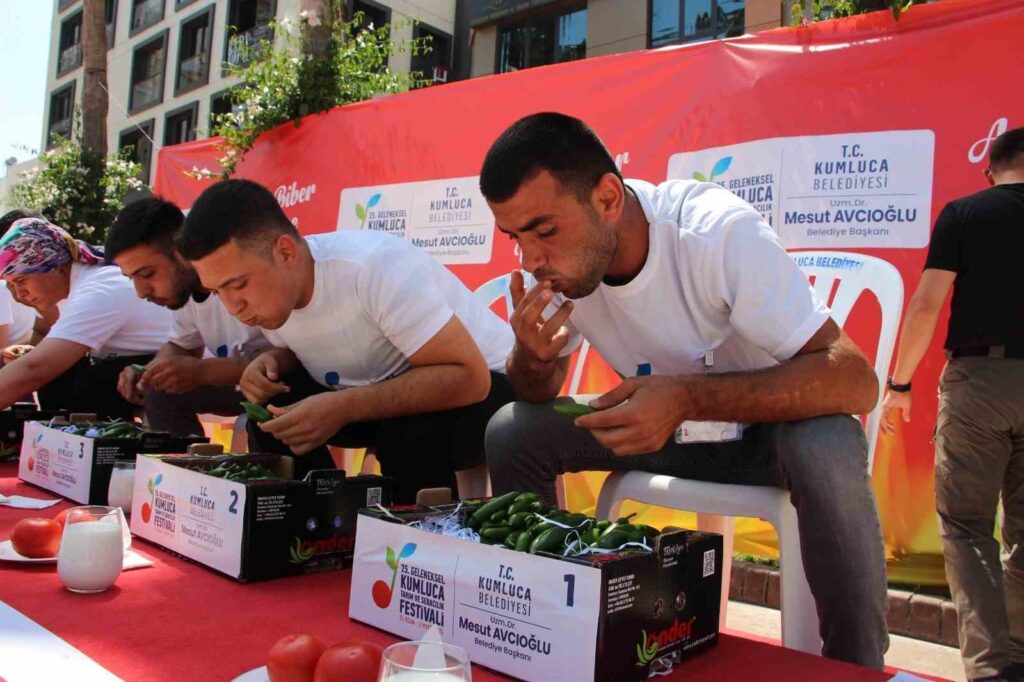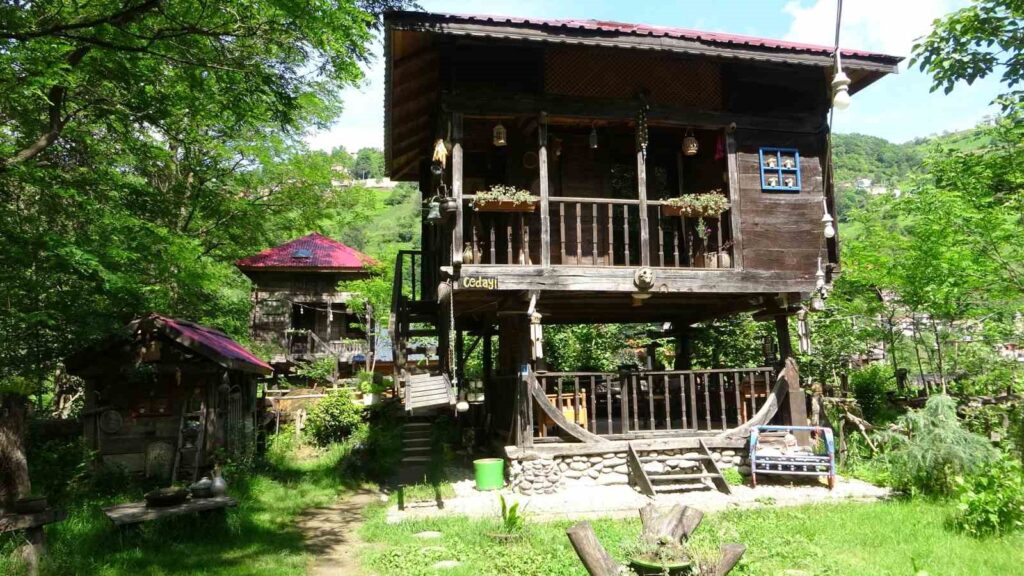The importance of Kadıkalesi in Aydın was discussed.
In the Wednesday Talks of the Association for the Protection of the Ecosystem and Nature Lovers (EKODOSD), the architectural and zooarchaeological data of Kadıkalesi, the most important ancient settlement in Kuşadası, were discussed. Important measures were taken for the preservation of history and the ecosystem in Aydın …

At the Wednesday Discussions of the Ecosystem Protection and Nature Lovers Association (EKODOSD), the architectural and zooarchaeological data of Kadıkalesi, the most important ancient settlement of Kuşadası, were discussed.
The Ecosystem Protection and Nature Lovers Association (EKODOSD), which is conducting important studies for the preservation of history and ecosystems in Aydın, continues its ‘Wednesday Discussions’ without interruption. The topic of this week’s discussion was ‘The Architecture and Zooarchaeological Data of Anaia.’ The guests of this week’s discussion were Associate Professor Dr. Suna Çağaptay, the Head of the Kadıkalesi (Anaia) Excavation, and Professor Dr. Vedat Onar, the Zooarchaeologist of the Kadıkalesi Excavation. In the discussion, Associate Professor Dr. Çağaptay and Professor Dr. Vedat Onar conducted a joint presentation on the topic ‘Recreating the Route in Anaia: Architectural and Zooarchaeological Data.’ Associate Professor Dr. Suna Çağaptay evaluated the architectural remains and findings of the vaulted infrastructure, which were completed in 2022, and emphasized the unique characteristics of the Byzantine Period structures in Anaia.
EKODOSD President Bahattin Sürücü stated that the discussions held every week will continue; “This week, the topic of the Wednesday Discussions was Kadıkalesi (Anaia), which stands like an oasis among the constructions in the coastal area extending about 20 kilometers towards the National Park of Kuşadası. Kadıkalesi is not limited to the excavated site of today, as it is concretely seen how wide an area it spreads when the remnants that emerge with the receding waters are reached beyond the intermediate sites. Unfortunately, when planning Kuşadası and its surroundings in the past, constructions were allowed without the necessary examinations regarding the cultural assets here, and a significant portion of Kadıkalesi’s important settlements remains under the sites today. The presentation, which had intense participation and many questions, ended with Associate Professor Dr. Suna Çağaptay explaining the tourism preparations and public archaeology planning planned for the next five years.”
“With the new route determined, many unknown questions of Kadıkalesi will be sought answers to.”
Professor Dr. Vedat Onar expressed that as they started to receive the first zooarchaeological results in 2009, the understanding of the life in the castle at that time began to improve. “Kadıkalesi, with its complex, reflected daily life through both its architectural structure and the life within it. One of the best ways to understand past societies is to understand the human-animal relationship. Because in the life of the castle at that time, animals played a significant role in human life as part of dietary habits and subsistence culture. The discovery of Alageyik (a type of deer) antlers among the first zooarchaeological findings obtained in 2009, some of which were processed, drew attention to the castle. As a result of the involvement of EKODOSD in this situation, the presence of Alageyiks in the animal population of today’s national park was contributed. The nutrition in Kadıkalesi was predominantly terrestrial. Although it is very close to the sea, its structural characteristics caused a preference for terrestrial nutrition; however, perhaps the exposure of areas outside the Church-Monastery complex of the castle could change this view. With the newly determined route today, many unknown questions of Kadıkalesi will be sought answers to, and at the same time, the cultural inventory of Kuşadası will be expanded with new findings,” he said.
After the presentation, Associate Professor Dr. Suna Çağaptay and Professor Dr. Vedat Onar were presented with thank-you certificates from EKODOSD by the excavation deputy heads, Associate Professor Dr. Filiz İnanan, Dr. Berna Sayar Sayılan, and Sedat Onar from Kuşadası Local History.
